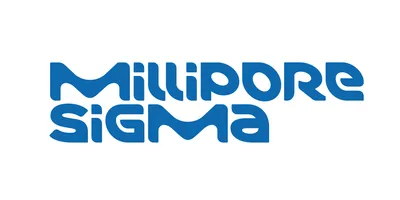Microplate readers are commonly used in biological research for assay development, measurement of biomolecule concentration, cell biology, biomarker research, and DNA quantification. In addition, microplate readers find use in disease study, IVF, proteomics, PCR setup, and stem cell research. With multiple read modes available and numerous accessories, choosing a microplate reader that meets your current and future needs can prove a daunting task.
Top 8 Questions You Should Ask When Buying a Microplate Reader
- How many read modes are offered? Multiple read modes offer greater flexibility and value than single read modes.
- What kind of detection technology is used? Monochromator-based detection offers flexibility, convenience and spectral scanning; while filter-based detection is characterized by precise sensitivity and may often switch rapidly between distinct wavelengths for kinetic assays. Hybrid detection systems combine both technologies for the utmost in flexibility and sensitivity.
- Is it upgradeable? If so, can the upgrade be installed on-site? On-site installations reduce overall downtime, and often the technician is available to answer questions or conduct training.
- Is the reader automatable? Automating the process with a compatible microplate stacker increases throughput with walk-away operation.
- Ask about the software—is it integrated and user-friendly? Does it allow for pre-programmed and custom protocols? What kind of analysis is offered? How is data exported?
- Is on-site training available? Is there a fee? On-site training provides an opportunity for all staff to learn about the reader, reducing the number of subsequent trainings needed.
- What options are available? Options such as gas control, barcode scanning, shaking, and injecting increase assay flexibility for those that need these features.
- What assay validation data is available for the reader? Assay validation data specific for the reader provides proof that the reader performs as indicated.
Types of microplate reader used by survey respondents:
| Absorbance | 64% |
| Microplate spectrophotometer | 39% |
| Luminescence reader | 34% |
| Multi-mode reader | 30% |
| Fluorescence polarization | 15% |
| Time-resolved fluorescence (TRF) | 12% |
| Time-resolved fluorescence energy transfer (TR-FRET) | 7% |
| AlphaScreen | 2% |
Microplate reader components used by survey respondents:
| Microplate washers | 47% |
| Centrifugation | 29% |
| Barcode scanner | 20% |
| Microplate sealers | 14% |
| Additional stacker cassettes | 14% |
| Microplate stackers | 12% |
| Microplate robotics | 11% |
| Bulk dispensing | 9% |
| Microplate handlers | 4% |
| Labelling and sealing | 3% |
| De-lidding stacker cassettes | 1% |
| High-speed robot | 1% |
| Other | 18% |
Nearly 30% of respondents are engaged in purchasing a new microplate reader. The reasons for these purchases are as follows:
| Replacement of an aging system | 43% |
| Addition to existing systems, increase capacity | 31% |
| Setting up a new lab | 11% |
| First time purchase | 11% |
| Other | 3% |
Top 10 features/factors respondents look for when purchasing a microplate reader:
| Ease-of-use | 82% |
| Product performance for intended application | 79% |
| Sensitivity | 73% |
| Low maintenance/operating costs | 65% |
| Price | 65% |
| Resolution | 63% |
| Software for data collection/analysis | 62% |
| Flexibility (available detection modes) | 59% |
| Service and support | 56% |
| Warranty | 50% |
For more information on microplate readers, including useful articles and a list of manufacturers, visit www.labmanager.com/microplate-tech










